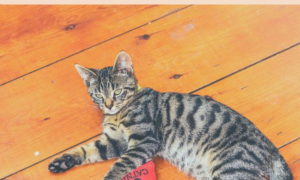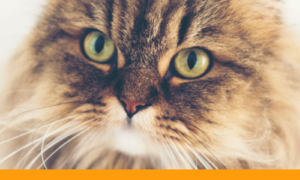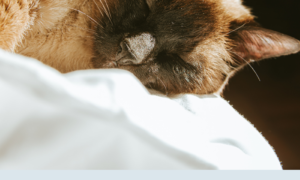Over Thanksgiving, I sat with Goose, a long time cat client. He had surgery to remove bladder stones a few days before and was on the mend, cone of shame and all.

In talking with Goose’s mom, I asked how she’d discovered he had a problem. Goose had been urinating throughout the house a couple of months earlier, and she determined it was a marking behavior due to the appearance of a new cat in the neighborhood. As time went on, she noticed Goose was making more frequent trips to the litter box, and when she noticed blood in his urine, she knew there was a medical problem. In Goose’s case, the problem was bladder stones.
Bladder stones are typically seen in middle aged to senior aged cats. The stones vary in size, with some as small as grains of sand while others may be compared to small pebbles. Common symptoms include:
- Blood in urine
- Frequent urination
- Straining to urinate
- Genital licking
- Frequent urinary tract infections
Stones can also form in the urethra (predominately in male cats)and upper urinary tract. Urethral stones get stuck at the tip of the penis and will have much difficulty urinating, in some cases he may not be able to go at all. This is the most common site of stones in cats.
With stones in the upper urinary tract, urine cannot pass from kidneys to the bladder because of the blockage. Cats with this type of stone may still be able to urinate, but may not be eating well and losing weight.
Bladder stones are usually detected via X-ray or ultrasound (if stone is small). For cats with small stones, they may be passed normally through urination. If the stone is larger, as was the case with Goose, surgery will be required to remove it.
There are two types of stone: Struvite (combination of magnesium, ammonia and phosphate) and Oxalate (calcium oxalate). Once it’s determined the type of stone your cat had, your vet may prescribe a dietary change to prevent stones from forming in the future.
The best way to prevent stones from forming is upping your cat’s water intake. This may take some experimentation to determine what will work best. For my cat, a water fountain seems to be working well. Other options include increased feeding of canned food, or adding more water dishes around your home to remind your cat to drink.





